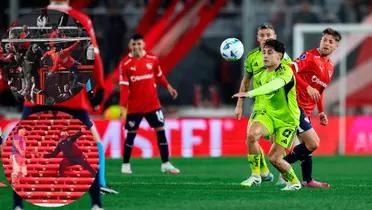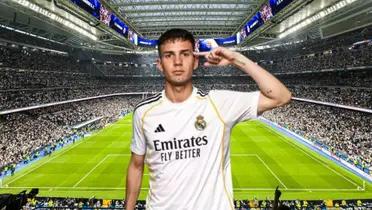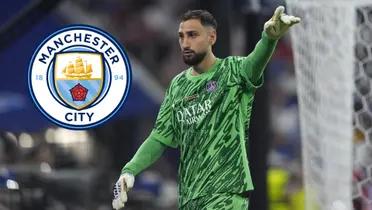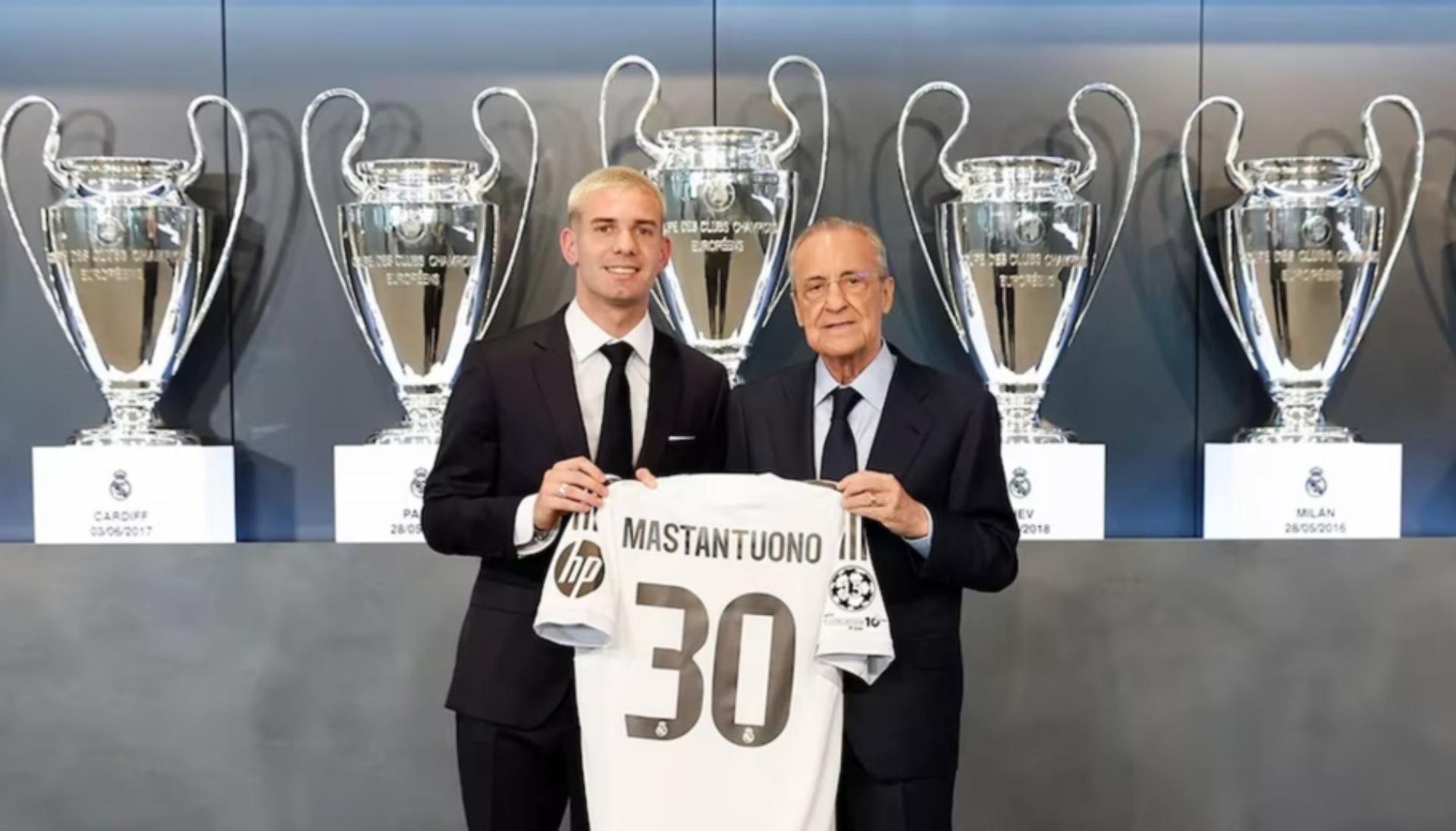How Cristiano Ronaldo did with his carreer after leaving Manchester United
It emerged as a diamond in the rough in Lisbon, began its takeoff in Manchester, completed its evolution in Madrid and, after a profound transformation, is still in force in the elite with 35 years.

A leading role awaited him in the great reconstruction of Real Madrid. Florentino Pérez returned to the presidency of the White House with a wave of stellar hires - Kaká, Karim Benzema, Xabi Alonso, Ezequiel Garay and Raul Albiol, among others - for Manuel Pellegrini, the brand new coach. Although none like Ronaldo, who in that transfer market for the 2009/10 season became at that time the most expensive footballer in history thanks to a transfer valued at 94 million euros.
About 80,000 fans received him at the Santiago Bernabéu, a place where year after year he showed exponential growth. It was a cycle in which Cristiano Ronaldo was definitely one of the best footballers of all time, winning another two Ballons d'Or and fighting for the throne with Lionel Messi. His first five seasons at the White House were huge: he scored 252 goals in 246 games in all competitions, winning a King's Cup and a League with Mourinho, and later another cup and the Champions League with Carlo Ancelotti.
His last four seasons in Spain began with 61 goals in 54 games in the 2014/15 campaign. That season he scored 48 league goals –61 in total–, of which 38 came from open play (the most of his career). And in the following campaigns he accumulated 137 annotations in 138 games. They are beastly numbers but they reflect that decrease in the number of minutes to dose efforts and, logically, less time to convert.
He went to Italy as a Madrid legend, with two Leagues and four Champions among his most outstanding collective conquests, in addition to four Ballons d'Or and being the first player in history to win the Golden Shoe four times.
He came to Juventus with the challenge of being European champion again, but mainly he moved to Italy to feed that competitive beast that is inside him. The truth is that it would be crazy to say that his time in Italy was a failure. In fact, if we analyze it crudely in numbers, we would even say that it was a success. However, the reality is that he has not managed to be what he once knew, and he did not finish adapting at any time to playing in Italy, and in Juventus.
More news

THE GANG IS HERE! First Argentine Stars Arrive in Buenos Aires for Final Qualifier Push!
01/09/2025

THE LAST DANCE! Lionel Messi Confirms His Final World Cup Qualifier in Argentina!
29/08/2025

TRANSFER COLLAPSES! Julio Enciso Fails Medical Exams, Returns to Brighton!
27/08/2025

HERE WE GO! Piero Hincapié Says YES to Arsenal, Club Prepares Final Bid for Leverkusen Star!
26/08/2025

SOUTH AMERICAN SHAME: Independiente vs. U. de Chile Match Canceled After Horrific Incidents!
21/08/2025

PARIS IN PARIS! The New Superclub, Paris FC, Rises to Threaten PSG-Marseille Rivalry!
20/08/2025

PSG’s €850M Budget is 30x Larger Than the Smallest in Ligue 1!
19/08/2025

THE DEBUTS ARE HERE! Estupiñán & Modrić Step Onto the San Siro Stage!
18/08/2025

CONTROVERSY IGNITES! Barcelona Opens Season with a Contested 2-0 Victory Over Mallorca!
18/08/2025

SCANDAL ESCALATES: Donnarumma's Harsh Letter Responds to Luis Enrique's Super Cup Snub!
15/08/2025

HISTORY MADE! PSG Wins First-Ever Super Cup Title in Thrilling Penalty Shootout!
14/08/2025

Mastantuono Arrives at Valdebebas for Real Madrid Presentation
13/08/2025

ON AND OFF THE PITCH: Is Nicki Nicole the New WAG of Barcelona's Lamine Yamal?
13/08/2025

Donnarumma Bids Farewell to Paris Saint-Germain at the Peak of His Career
13/08/2025

THE ULTIMATUM: PSG Puts Donnarumma on the Transfer Market for a Bargain Price!
13/08/2025

MONEY TALKS? Barça's Salary Offer Could Lure Hincapié from Leverkusen!
12/08/2025

SHOCK SNUB! Donnarumma Left Out of Super Cup Squad, Fuelling PSG Exit Rumors!
12/08/2025

Fede Valverde didn't go to the friendly match against WSG to recover
12/08/2025



